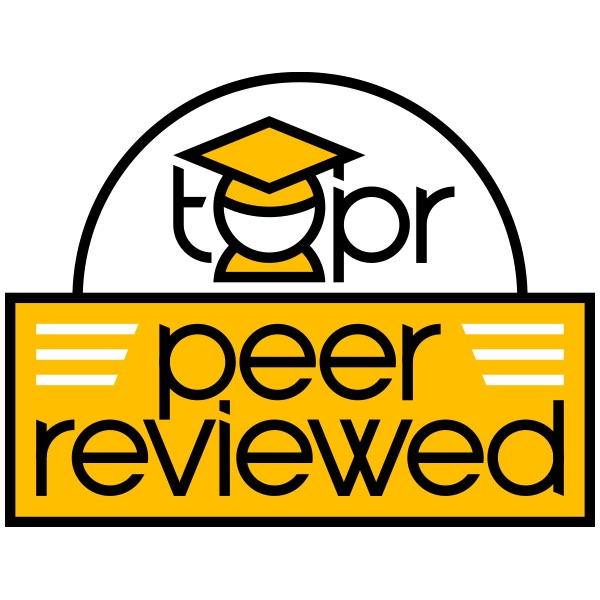Tags: Communication, Course Orientation, Instructor Presence, Interaction, Peer-Reviewed Entry, Social Presence

Description
A welcome message to students before the course begins is an important step in establishing your online persona (Bellafiore, 2007; Gibson & Blackwell, 2005; Mensch & Ali, 2007; Phillips, 2011). The message should include vital information for the course and not be your entire syllabus. The purpose of this communication is to welcome the students, establish a comfortable class environment, introduce the class syllabus, schedule, protocols, and to/or establish a weekly routine. This message can be sent via email (outside of the LMS).
Also noted, with the ability to record and upload video, some instructors are creating a similar welcome message using a video clip.
Recommendations
The following four sections are recommended to being included in your welcome message.
1. The Course
This is the first opportunity that you as the instructor has to address what the course is about. Take this time to briefly describe the goal of the course and to address any common misconceptions. This is an excellent opportunity to describe the course routine (i.e. content will be released each week or the whole course is open from the beginning).
2. Logistics
Giving students the proper information about the course will reduce with pre- course confusion on where to go or what to do on the first day of class. Below are different elements to include in the message.
Delivery Method: State and explain the delivery method of the course (i.e. F2F, Blended, Online). It may have been some time since the students registered for courses.
Location: If your course meets face-to-face, include a map to the building. Student may not be familiar with campus (especially if your discipline accepts a large number of transfer students).
How/When to access: If the course utilizes a Learning Management System (LMS), provide the login information along when the course will be available.
Where to go for help: The role of the instructor is not to provide technical support. Point the students to the correct technical support resources and hold the students accountable for knowing how to access.
3. Book or Materials Information
Students have a variety of channels for purchasing course materials. Be specific in your message where students can purchase it. For instance, the book or course packet is only available at the campus bookstore. Section 1004.085 (2012) of the Florida Statues states students must be provided the ISBN number for a book. It is highly recommended to provide both the 10 and 13 digit ISBN.
Be very clear to students when the materials will be needed (i.e. first day or by 2nd week of class). This will allow students to select the appropriate shipping option if buying from a 3rd party vendor.
4. Communication Protocol
Sending a message before the course beings opens a communication channel and helps build community. Students have the ability to ask questions about your message in addition to their own concerns. Addressing questions of this nature before the course allows students to adjust their personal/work schedule or reconsider taking the course at this particular time.
Link to example artifact(s)
Welcome Email examples
Using a Course Start-Up Message to Improve Student Outcomes (Julie Moser, Danielle Philipson, and Elizabeth Reed, EDUCAUSE Review)
Welcome Video examples
Nan Hua, University of Central Florida
Mona Shattell, University of Central Florida
Iradly Roche, University of Central Florida
Link to scholarly reference(s)
Bellafiore, A. (2007). Best practices for online course design [at] bristol community college. http://dl.bristolcc.edu/wiki/images/6/6a/BestPracticesForOnlineCourseDesign_BCC.pdf
Fla. State. § 1004.085 (2012) http://www.leg.state.fl.us/statutes/index.cfm?mode=View%20Statutes&SubMenu=1&App_mode=Display_Statute&Search_String=1004.085&URL=1000-1099/1004/Sections/1004.085.html
Gibson, J., & Blackwell, C. (2005). Heading for cyberspace: Planning a strategy for success with online classes. Journal of College Teaching & Learning, 2(10), 7-12.
http://www.journals.cluteonline.com/index.php/TLC/article/view/1868/1847
Mensch, S., & Ali, A. (2007). Transactional distance theory and communication in online courses – A case study. Issues in Information Systems, 8(2), 224-228. http://iacis.org/iis/2007/Mensch_Ali.pdf
Phillips, W. (2011). A study of instructor persona in the online environment. ISBN 978-3-639-28732-5. VDM Verlag Dr. Müller. KG, Germany.

